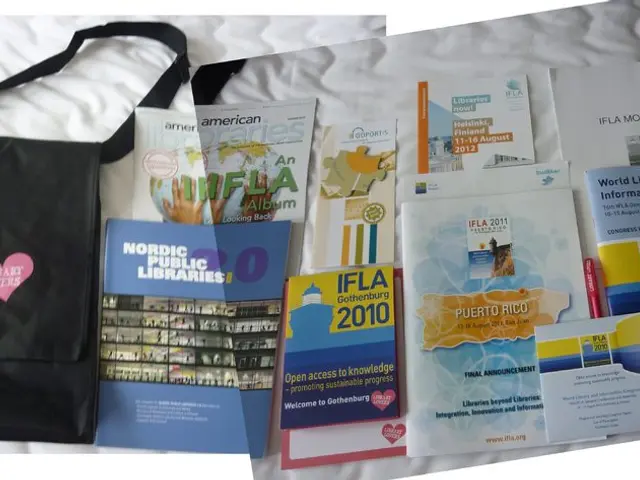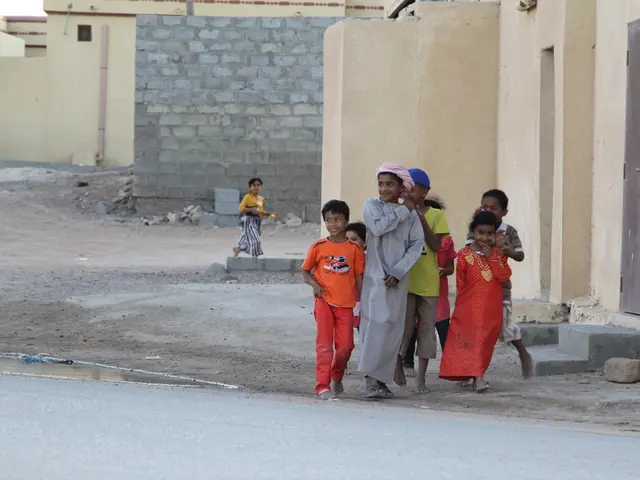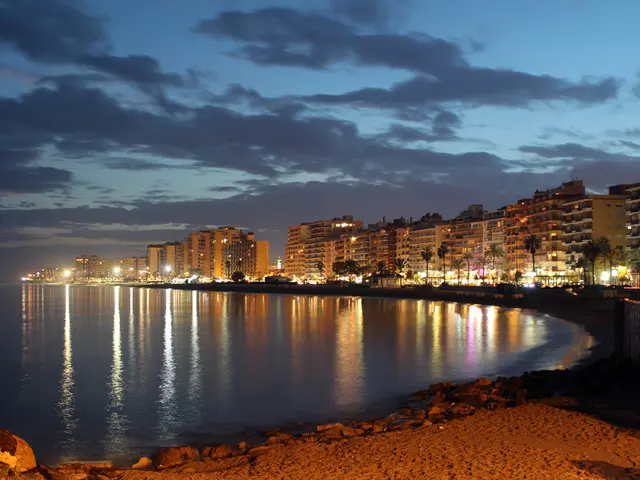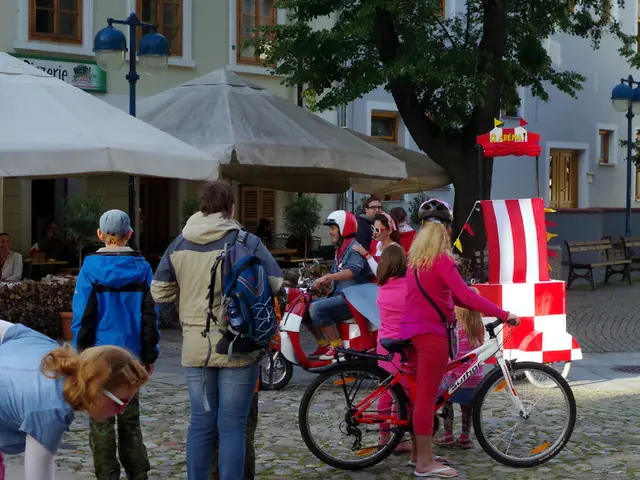Affordable air travel leads to pricy decisions: How excessive day trips contribute to rampant tourism and environmental harm
In the realm of modern-day travel, a new trend has emerged that has sparked both excitement and concern among travellers and environmentalists alike. Known as 'extreme day trips', these short excursions to popular European destinations have gained momentum in recent years, fuelled by budget flights and the allure of a quick getaway. However, as the debate around sustainable travel continues to grow, many are questioning the long-term implications of this trend.
Rob Perkins, a writer at the activist travel company Responsible Travel, argues that these trips are about as irresponsible as tourism gets. "Extreme day trips focus on tourist hotspots, saturating social media and lying within easiest reach," he says. "They are extremely bad news due to their high environmental burden and contribution to the overtourism crisis."
Giovanna Consonni of Stile Italiano Tours echoes this sentiment, stating that multiple day trips mean more time in transit, and taking extreme day trips might waste time rather than save it. "Rather than taking a dozen day trips into Europe across the course of a year, it's more relaxing and rewarding to slow things down with just a couple of longer breaks," she suggests.
Riitta Kulkas, founder of Skafur-Tour, agrees. She organizes longer winter activity holidays in Finnish Lapland, a destination that has become synonymous with 'extreme day trips' due to the Santa Claus Village and other over-advertised attractions. Kulkas argues that these attractions are considered inauthentic and that organised small group tours, led by local guides, can help travellers experience the real Lapland.
Fiona Smart, a travel journalist, shares similar sentiments about destinations like Alicante in Spain. She believes that extreme day trips to places like Alicante don't allow people to see the real Spain. Instead, she advocates for staying longer and flying less, as a more sustainable and rewarding approach to travel.
The initiatives promoting extreme day trips in Europe, such as the EURORANDO 2026 event in the Erzgebirge, aim to foster cross-border hiking tourism by offering guided tours, cultural programs, and involving regional providers to boost local economies and international recognition of the region as a top destination. However, the environmental impact of these events cannot be ignored.
Flying is one of the largest and fastest-growing contributors to greenhouse gas emissions. Cheap flights contribute to the demand for more flights, exacerbating the environmental impact. Therefore, booking with a local tour operator, using public transport, and travelling outside of peak season are reliable ways to cut the cost of a holiday while reducing the environmental footprint.
In expensive destinations like Lapland, organised small group tours can help spread travel costs across several people, making the holiday more affordable and sustainable. For instance, one of the world's largest tourism groups offers a day trip to Finnish Lapland, featuring a meet-and-greet with Father Christmas and a husky sled ride, all without the environmental burden of a quick, one-day visit.
In conclusion, while extreme day trips might seem appealing due to their convenience and low cost, they come with a high environmental burden and contribute to the overtourism crisis. The future of travel should involve staying longer and flying less, as a more sustainable and rewarding approach to exploring Europe and the world.
Read also:
- Festival spanning two days in Bamberg potentially featuring a notable attendee?
- Spectacular Train Rides Offering Canada's Most Awe-Inspiring Panoramas
- Urban Pacific microcosm: Playa Renaciente encapsulates the essence of city life along the Pacific coast
- Family United by Khaleej Times: Indian Family Celebrates Their Second Year of Reunited Life in Dubai








